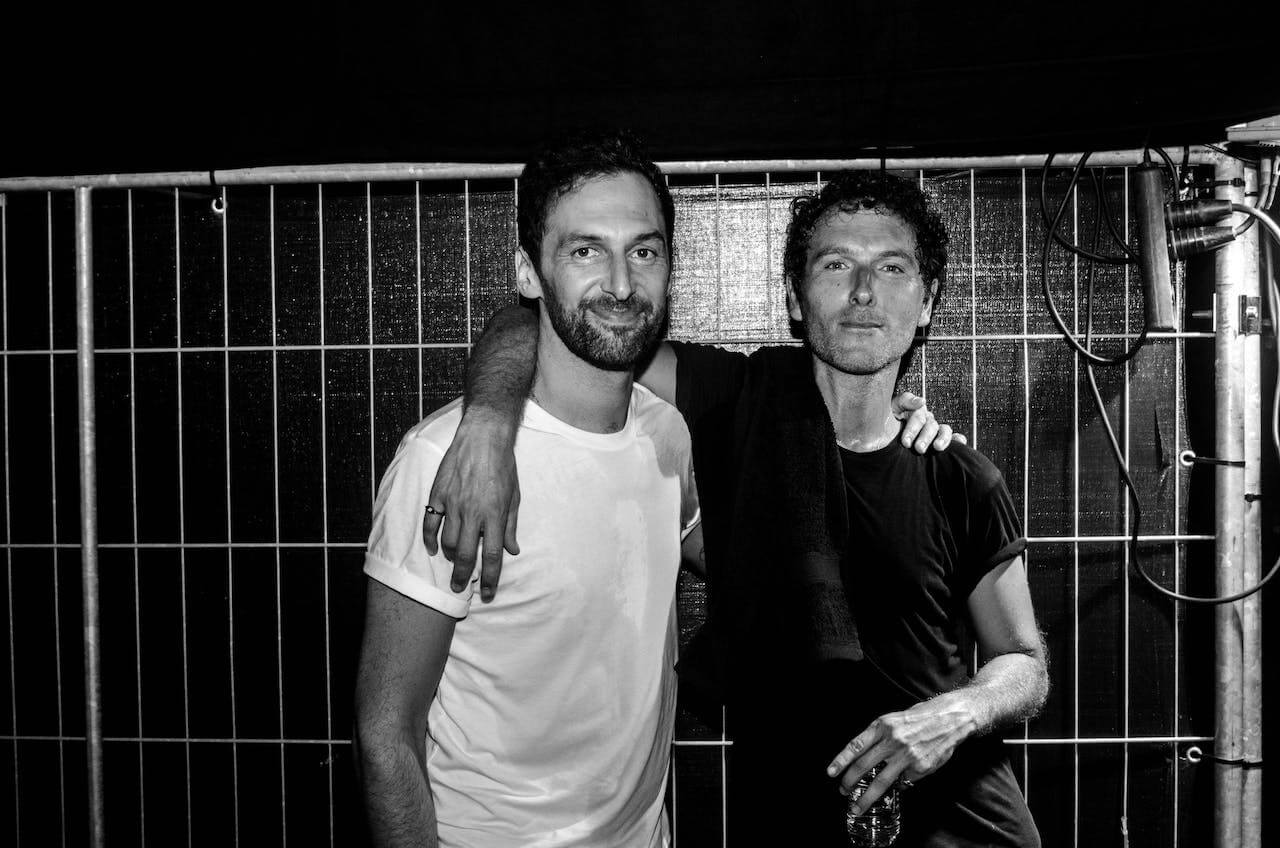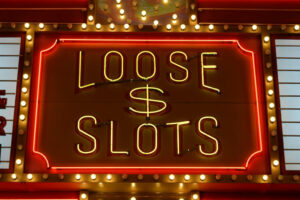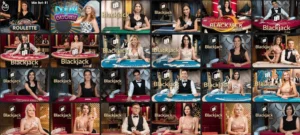
Tracing the origin of the Oreo cookie takes us back to the late 19th century. In 1890, several New York City bakeries merged to form the New York Biscuit Company, which later joined forces with Chicago’s American Biscuit and Manufacturing. This merger birthed the National Biscuit Company, known today as Nabisco. The company’s headquarters remained in Chelsea, where they began crafting the snacks that would revolutionize the cookie market.
On April 2, 1912, Nabisco announced the introduction of three new biscuits, including the Oreo. Initially sold in a yellow tin with a glass lid, the Oreo, described as “two beautifully embossed chocolate-flavored wafers with a rich cream filling,” was priced at around 30 cents a pound. Despite its modest beginnings, the Oreo stood out from its counterparts and quickly became a favorite across the nation. Its trademark design and delicious taste captured the hearts of cookie lovers, setting the stage for its future as a household name.
Contrary to the wholesome image it holds today, the Oreo’s inception might have stemmed from a less noble strategy – imitating a competitor’s successful product. Four years before the Oreo, Sunshine Biscuits had introduced the Hydrox biscuit, a similar cream-filled sandwich cookie. Nabisco’s version closely mirrored the Hydrox in composition and design, suggesting a clear case of strategic imitation in the fiercely competitive cookie market of the early 20th century.
The origin of the Oreo’s name remains shrouded in mystery, with theories ranging from the French word for gold, “or,” to the Greek word for mountain, “oros.” The cookie’s distinctive embossed design has also been a subject of speculation. Initially simple, the design evolved over the decades, with the current pattern debuting in 1952. While some believe the design holds symbolic meanings, others, including the son of the design’s alleged creator, William Turnier, suggest that the intricate pattern is purely aesthetic.
The Oreo’s journey from its lard-based filling to the current recipe is a testament to evolving consumer preferences and health standards. Sam Porcello, known as “Mr. Oreo,” led the transition from lard to a non-hydrogenated vegetable oil filling in 2006, eliminating trans fats. This change reflected a growing emphasis on healthier ingredients while maintaining the classic taste that has made the Oreo a beloved snack for over a century.
The Rivalry Behind the Cookies
The story of the Oreo is deeply entwined with its lesser-known predecessor, the Hydrox cookie. In 1912, four years after the Hydrox cookie was introduced by Sunshine Biscuits, Nabisco released the Oreo, a cookie strikingly similar in design and taste. This topic explores the intense rivalry that ensued between the two brands. Initially, Hydrox, created by Jacob Loose, enjoyed popularity for its less sweet filling and crunchier texture. However, Oreo, often misconceived as the imitator, gradually overtook Hydrox in popularity, turning the tables and relegating Hydrox to be perceived as an off-brand. This shift in market dominance is a classic example of how marketing strategies, brand perception, and consumer preferences can dramatically influence the success of similar products in the same industry.
The Evolution of Oreo’s Marketing and Packaging
From its inception in 1912, the Oreo cookie has undergone significant transformations, not just in its recipe, but in its marketing and packaging strategies. The original Oreos were sold in bulk tins with gold packaging, a color choice speculated to be linked to the French word for gold, “or.” This topic delves into the evolution of Oreo’s marketing campaigns and packaging designs, highlighting how they have been pivotal in establishing and maintaining the cookie’s status as a household name. Over the years, Oreos have been marketed in various ways, reflecting changes in consumer tastes, societal trends, and marketing innovations. From classic print ads to modern digital campaigns, the Oreo has remained culturally relevant, adapting its messaging to resonate with successive generations while retaining its core identity.
The Legacy of the Loose Brothers and the Birth of Iconic Cookies
The origins of the Oreo cookie can be traced back to the rivalry between two brothers, Jacob and Joseph Loose, who ran competing bakeries in Kansas City, Missouri. This family feud led to the creation of two iconic cookies – the Hydrox by Jacob and the Oreo by Joseph. Despite initial struggles, Joseph’s creation eventually gained immense popularity, overshadowing its predecessor. This topic explores the fascinating story of the Loose brothers, their contributions to the cookie industry, and how their rivalry catalyzed the creation of some of the most iconic snacks in American history. It examines the dynamics of their relationship, their individual business strategies, and how these factors played a crucial role in shaping the cookie market. The narrative of the Loose brothers is not just a story of competition and innovation but also a testament to how personal rivalry can lead to significant contributions in the food industry.
Exploring the Historical Significance of Iconic Snacks
If you’re fascinated by the story of the Oreo cookie, delve into the historical context of iconic snacks. Understanding the era in which the Oreo was created – the early 20th century – can give you insights into why certain products, like the Oreo, became popular. This era was marked by industrialization and the rise of mass-produced goods. Investigate how these broader societal changes influenced consumer preferences and led to the success of products like the Oreo.
Developing a Keen Eye for Product Evolution
As a consumer, it’s intriguing to observe how classic products evolve. Pay attention to how the Oreo has changed over the years – from its recipe alterations to its packaging updates. Notice how these changes reflect shifting consumer tastes and societal trends. This practice can enhance your understanding of product lifecycle and marketing strategies in the food industry.
Learning from Business Rivalries
The story of the Oreo and Hydrox is a classic example of business rivalry driving innovation. In your professional life, you can take inspiration from this story. Observe how companies in your industry compete and what strategies they employ. Understanding competitive dynamics can provide valuable insights for your own business or career strategies.
Marketing Strategies in the Food Industry
If you’re interested in marketing, the Oreo provides a case study in effective branding. Analyze how Nabisco has marketed the Oreo over the years, adapting to changing times while maintaining the cookie’s core appeal. This analysis can offer lessons in brand consistency, adaptability, and the art of connecting with consumers across different generations.
Engaging in Culinary History as a Hobby
If you’re passionate about culinary history, the origin stories of famous foods like the Oreo can be a fascinating area of study. Consider starting a blog or social media account where you share interesting facts about popular foods. Engaging with a community of like-minded individuals can enrich your understanding and appreciation of culinary history.
This cookie’s evolution from its humble beginnings to becoming a household name demonstrates the power of strategic branding and the importance of staying relevant in a changing market. Its journey is a testament to how a simple snack can capture the imagination and taste buds of generations, becoming a symbol of both cultural continuity and change.

Tubidy is an online platform that operates as both a search engine and a repository…

Exploring the top SA online casinos for secure, enjoyable real-money gaming can be a game-changer.…

“The Simpsons” has long been a mirror to contemporary society, often seen as a satirical…

